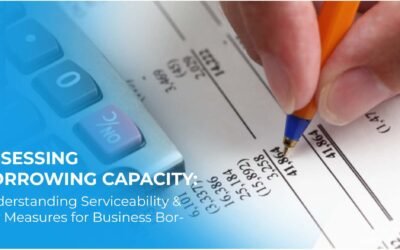Navigating Uncertain Times

Discover the power of income statement ratios and formulas in understanding your business’s financial performance. This comprehensive guide provides valuable insights into profitability, solvency, efficiency, and risk, empowering you to make data-driven decisions for growth and success. Learn how to calculate and interpret key ratios such as gross margin, net margin, gearing, stock turns, and more. Take action now to unlock the potential of these financial tools and drive your business toward greater prosperity.
Income Statement, Ratio & Formulas
1. Gross Margin
Calculate Gross Profit divided by Sales. This ratio measures profitability at the Gross Profit level, indicating the percentage of Sales that translate into Gross Profit.
2. Key Expense Margin
Calculate Net Profit Before Tax divided by Wages. This ratio measures the percentage of Net Profit Before Tax generated from a specific Key Expense.
3. Net Margin
Calculate Net Profit Before Tax divided by Sales. This ratio represents the percentage of Net Profit Before Tax in relation to Total Sales.
Balance Sheet Ratios
4. Current
Calculate Current Assets divided by Current Liabilities. This ratio measures solvency, indicating the number of dollars in Current Assets for every $7 of Current Liabilities.
5. Gearing
Calculate Total Debt divided by Net Worth. This ratio measures financial risk, indicating the amount of debt owed for every $7 of Net Worth.
Working Capital Cycle Ratios
6. Stock Turns
Calculate the Cost of Goods Sold divided by Stock. This ratio measures the rate at which Stock is being sold annually.
7. Stock Days
Calculate 360 divided by Stock Turnover. This ratio converts the Stock Turns ratio into the average number of days that Stock is held before being sold.
8. A/Rec Turns
Calculate Sales divided by Accounts Receivable. This ratio measures the rate at which Accounts Receivable are being collected annually.
9. A/Rec Days
Calculate 360 divided by Accounts Receivable Turnover. This ratio converts the Accounts Receivable Turns ratio into the average number of days it takes for the business to collect its Accounts Receivable.
Overall Efficiency Ratios
10. Creditor Turns
Calculate the Cost of Goods Sold divided by Creditors. This ratio measures the rate at which Creditors are being paid annually.
11. Creditor Days
Calculate 360 divided by Creditor Turns. This ratio converts the Creditor Turns ratio into the average number of days it takes for the business to pay its Creditors.
12. Assets to Sales
Calculate Sales divided by Total Assets. This ratio measures the efficiency of Assets in generating Sales
13. Return to Owners
Calculate Net Profit Before Tax divided by Net Worth. This ratio measures the efficiency of Net Worth in generating Net Profit Before Tax
CONCLUSION
In conclusion, understanding income statement ratios and formulas is crucial for gaining valuable financial insights into your business. This comprehensive guide has equipped you with the knowledge to assess profitability, solvency, efficiency, and risk, empowering you to make data-driven decisions for the growth and success of your business.
By learning how to calculate and interpret key ratios such as gross margin, net margin, gearing, and more, you can unlock the potential of these financial tools and steer your business toward greater prosperity.
To discuss your business’s ratios and opportunities for your business,





